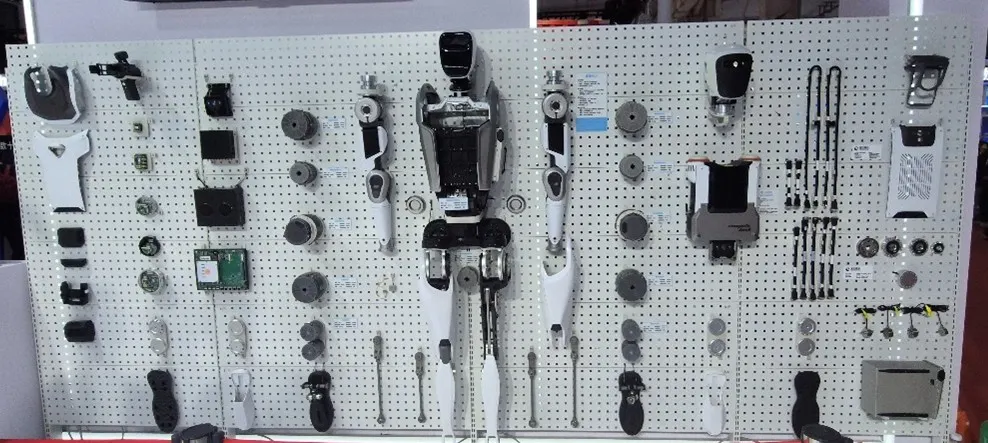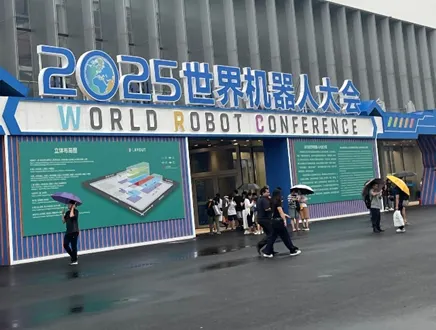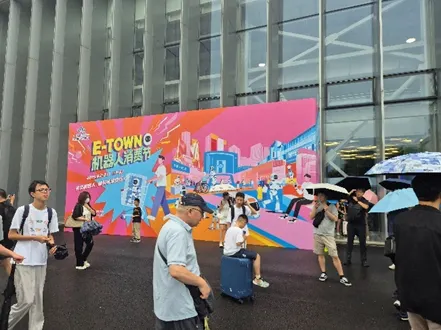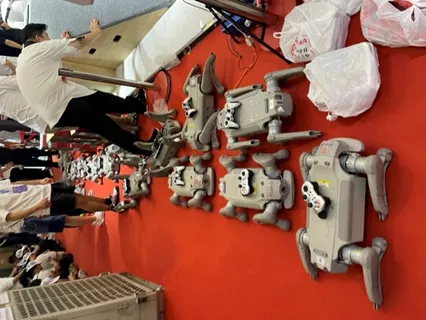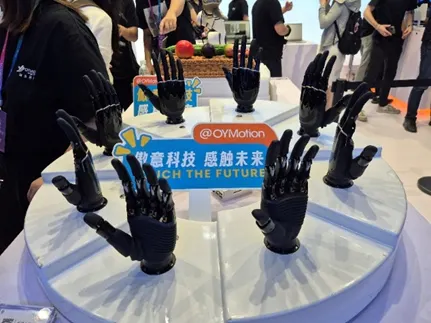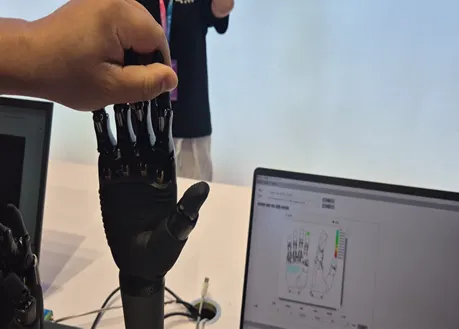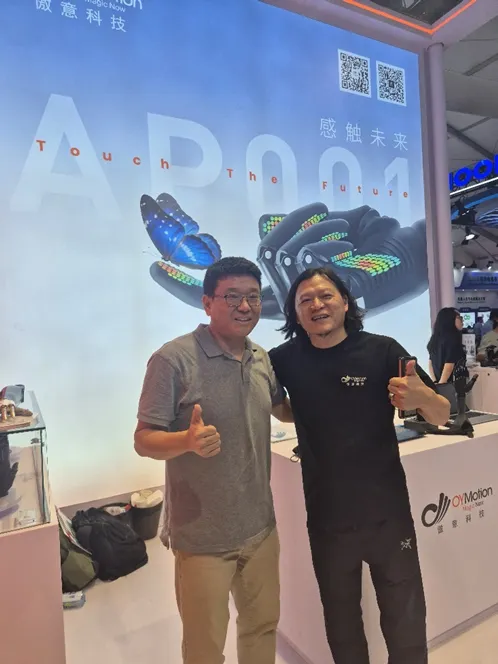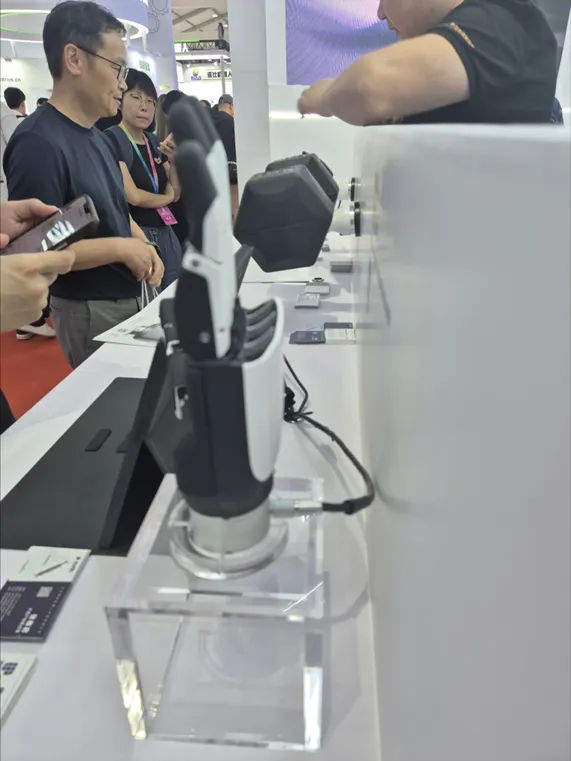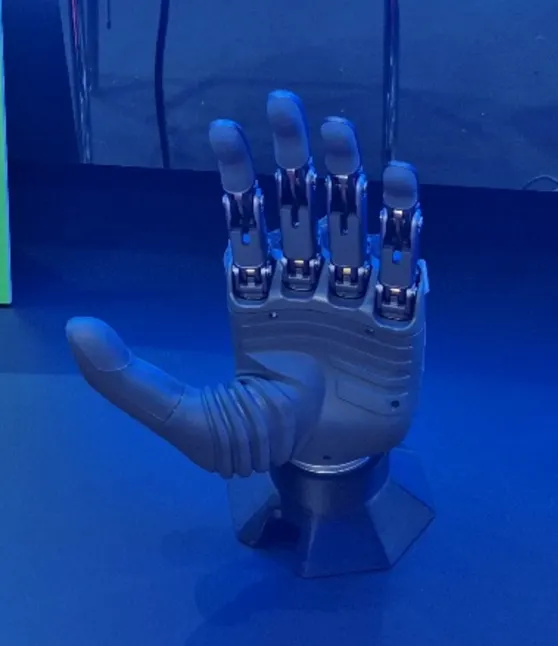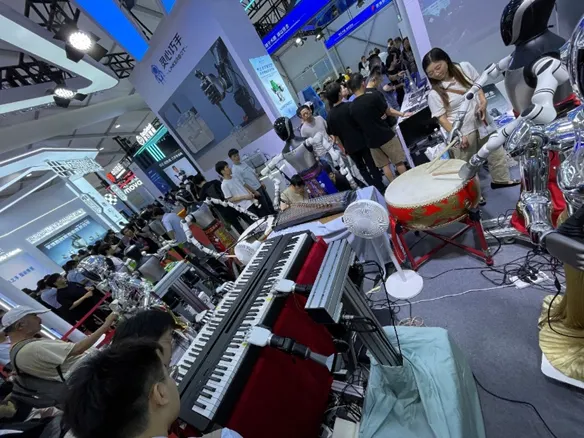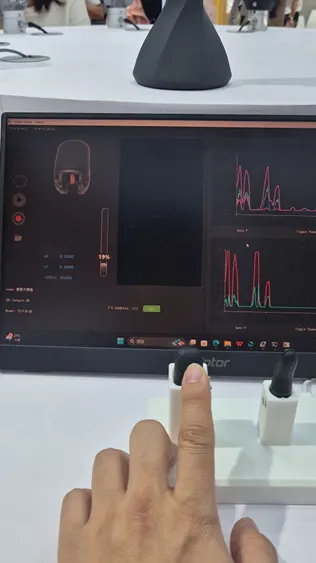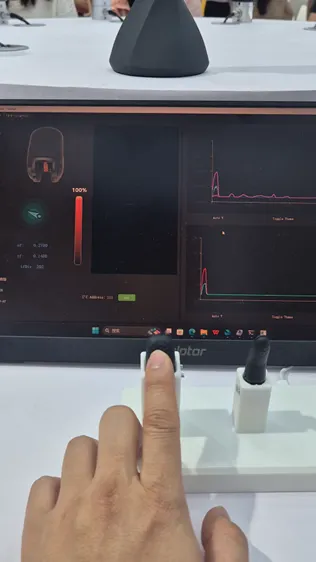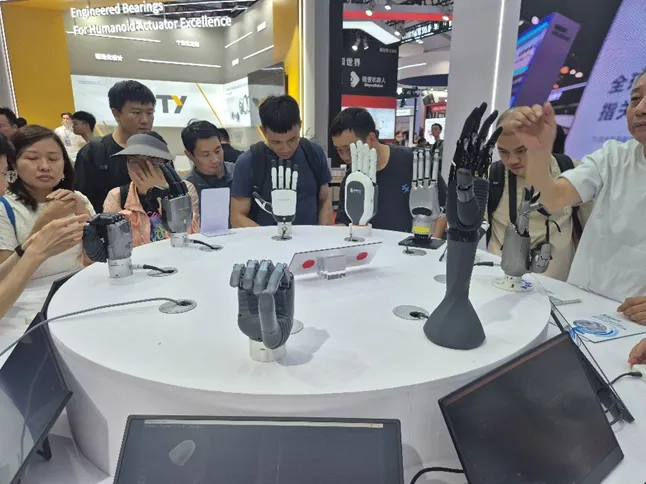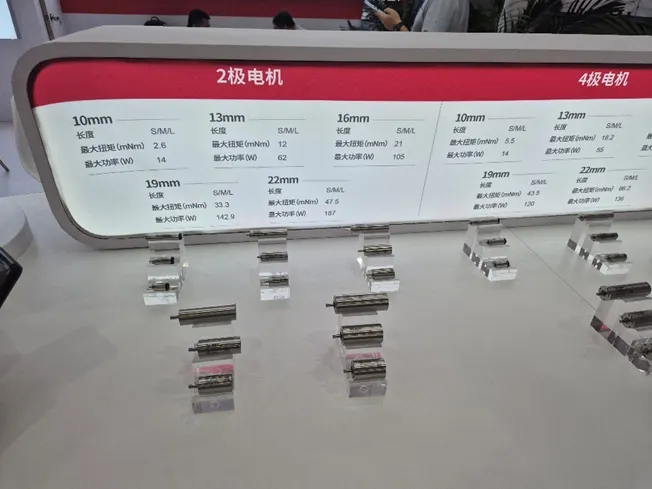※ This article was not written after visiting all booths and reflects many personal perspectives. Some content may differ from actual facts, so please take it as reference only.
Overview
The enthusiasm for robotics was overwhelming. Despite the rain on opening day, visitors had to wait in line for nearly an hour just to enter. Inside, the halls were so crowded that people were practically carried along by the flow of the crowd. At popular booths, it was almost impossible to take a close look at the products.
The exhibition featured a wide range of technologies, from conventional industrial robots to the latest humanoid robots. Around 200 companies participated this year, a noticeable increase in both scale and numbers compared to last year. Humanoid robots were clearly the centerpiece. I focused mainly on partner companies and those of particular interest, but there simply wasn’t enough time to visit every booth.
Many exhibitors were busy handling interviews and large numbers of visitors, so extended conversations were rare—I often had to settle for snapping a quick photo before moving on. Some humanoid robot companies voiced concerns about the recent surge of new market entrants leading to an influx of low-quality products. They noted that the industry is currently at the “Peak of Inflated Expectations” and may soon enter the “Trough of Disillusionment.” Of course, this reflects the views of a few Chinese companies and does not necessarily capture the whole picture. Still, these companies were preparing countermeasures and steadily moving toward commercialization.
Overall, the event gave the impression that the era of Physical AI and humanoid robots has truly begun—and that China intends to lead the way. It was both inspiring and sobering at the same time.
On the opening day, despite rainy weather, long lines formed. I myself had to wait more than 40 minutes to enter.
Behind one booth, preparations for a competition using robot dogs seemed to be underway. Dozens of robot dogs and their pilots were standing by, a scene that clearly showed the passion for robotics and a solid ecosystem.
Booth Highlights
Robotic Hands and Related Parts
•
Last year, only about two booths showcased robotic hands. This year, there were more than 30—truly a Warring States Era of robotic hands. Reports suggest that dozens more companies are also active in this space. Here are a few that stood out:
OYmotion
•
Originally a developer of EMG prosthetic hands, OYmotion presented a diverse lineup known for human-like design, strong functionality, and competitive pricing. Their products are already in use at institutions such as KAIST, Seoul National University, KTL, and others, and are also being applied to humanoid robots on display at WRC. This year, they unveiled a new robotic hand featuring a second-generation tactile sensor capable of measuring distance, force magnitude, and direction—a clear step forward from traditional pressure sensors. The level of refinement was impressive.
OYmotion CEO Neo (right)
Inspire
•
Initially focused on actuators, Inspire has expanded into robotic hands and now offers a broad product lineup. Their performance has advanced considerably, though the design still leaves room for improvement.
Brainco
•
Leveraging BCI technology, BrainCo showcased a new lightweight robotic hand. The design quality was high, and the company also offers EMG prosthetic hands.
Linkbot
•
Displayed robotic hands ranging from 6DOF to 26DOF. While the design could be refined, their live piano performance demonstration with the robotic hand drew significant attention.
Jiansgu Dings intelligent central technology
•
A specialist in actuators that has recently ventured into robotic hands. The models appeared to be at an early, prototype stage, and further development is needed before industrial application.
Tashan
•
A tactile sensor manufacturer specializing in capacitive technology. Their sensors measure distance, force magnitude, and direction, and can be customized in size and shape. This makes it possible to miniaturize without altering existing hand designs. We plan to officially supply Tashan sensors in Korea.
Boreas
•
A motor manufacturer producing small BLDC motors with diameters as little as 10 mm.

